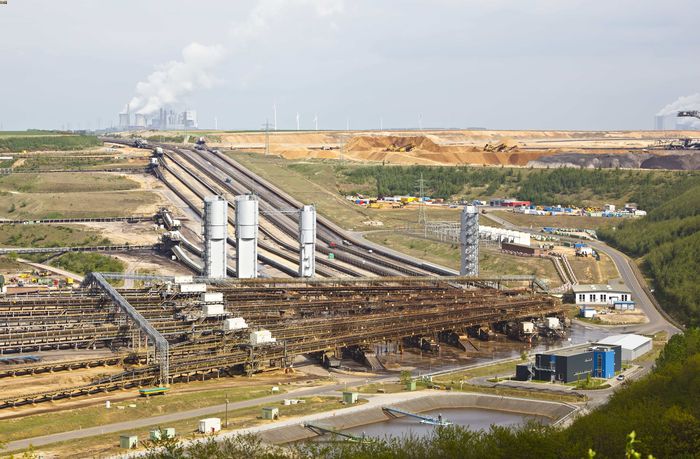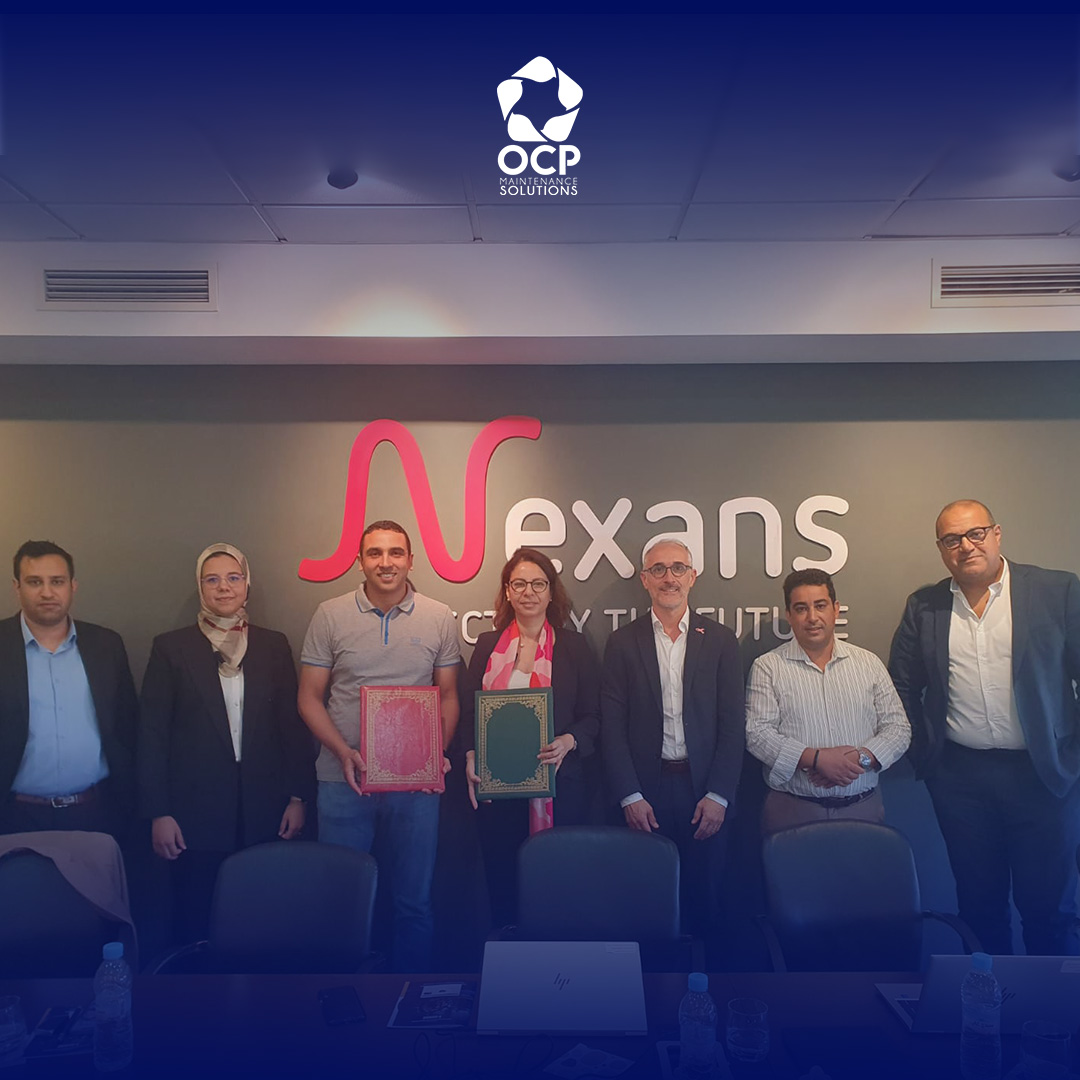Introduction
The mining industry plays a crucial role in the global economy, extracting valuable natural resources essential for producing goods and services. However, the mining industry has traditionally been associated with high costs, safety risks, and environmental degradation. In recent years, technology has been increasingly integrated into mining operations, leading to significant changes in how resources are extracted and processed.
The impact of technology on the mining industry has been far-reaching, from increasing efficiency and productivity to improving safety and reducing environmental impact. Automation, Artificial intelligence, the Internet of Things, and other technologies have been used to optimize mining operations and improve decision-making. The use of technology in the mining industry is becoming more prevalent, and it is becoming a vital tool to stay competitive, improve efficiency and decrease costs.
In this blog, we will take a closer look at the impact of technological evolution on the mining industry and how it’s changing how resources are extracted, processed and managed. From automation and robotics to artificial intelligence and the Internet of Things, we will examine how technology is being used to improve mining operations’ efficiency and productivity while increasing safety and reducing environmental impact.
Increased efficiency and productivity
One of the most significant impacts of technology on the mining industry is the increased efficiency and productivity of mining operations. Automation and robotics have allowed for the automation of many tasks, such as drilling and blasting, which were previously performed manually. This has led to a significant increase in efficiency in the extraction process and has also led to an increase in safety for workers.
Automation and robotics have been used to improve the efficiency of mining operations in several ways. One of the most important ways is through the use of predictive maintenance. Predictive maintenance uses data analysis and machine learning to predict when equipment is likely to fail, and schedule maintenance accordingly. This allows mining companies to avoid unexpected downtime and keep their operations running smoothly.
Fleet management is another area where automation and robotics have been used to improve efficiency. Fleet management systems use GPS and other technologies to track the location and status of mining vehicles in real-time. This allows mining companies to optimize their routes and schedule maintenance more efficiently.
Another impact of technology on the mining industry is the ability to more efficiently map and survey mine sites. The use of drones and other aerial technology has allowed for more efficient mapping and surveying of mine sites, leading to more accurate and efficient resource extraction. Drones can be used to survey large areas quickly and safely, and can also be used to inspect equipment and infrastructure.
The use of automation, robotics, predictive maintenance, fleet management, and aerial technology has led to increased safety for workers. Automation and robotics have taken over many tasks that were previously performed manually, reducing the risk of accidents and injuries. Additionally, predictive maintenance and fleet management allows for the proactive identification and resolution of equipment issues, reducing the risk of equipment failure and accidents. And the use of drones and aerial technology for mapping and surveying allows for safer and more efficient surveying of mine sites.
Automation and robotics, coupled with predictive maintenance, fleet management, and aerial technology, have significantly impacted the mining industry by increasing efficiency and productivity while improving workers’ safety. This technology has allowed mining companies to extract resources more efficiently and safely and to make more informed decisions about their operations. As technology continues to evolve, we can expect to see even more advancements in the future that will further transform the mining industry.
Real-time Data Processing and Analysis
Another impact of technology on the mining industry is the ability to process and analyze data in real-time. The use of sensors and IoT technologies have allowed for the real-time monitoring of equipment and processes, enabling mining companies to identify and address any issues that may arise quickly. This has led to a significant reduction in downtime and an increase in overall efficiency.
Sensors and IoT technologies have been integrated into mining operations to collect data on everything from equipment performance to environmental conditions. This data is then transmitted in real time to a central location where it can be analyzed and used to make decisions. For example, sensors can be used to monitor equipment’s temperature, vibration, and pressure, allowing mining companies to detect potential issues before they become major problems.
The use of IoT technologies has also allowed for the real-time monitoring of equipment and processes. This has led to a significant reduction in downtime and an increase in overall efficiency. For example, mining companies can now monitor the performance of their equipment in real-time and schedule maintenance and repairs as needed. This allows mining companies to keep their operations running smoothly and to avoid unexpected downtime.
The use of sensors and IoT technologies has significantly impacted the mining industry by allowing for real-time data processing and analysis. This has led to a significant reduction in downtime and an increase in overall efficiency. The use of this technology in the mining industry is becoming more prevalent and it is becoming a vital tool to stay competitive, improve efficiency and decrease costs.
Artificial Intelligence and Machine Learning
Artificial intelligence and machine learning also play a major role in the mining industry. These technologies are being used to analyze large amounts of data and make predictions about equipment performance, resource deposits, and other factors. This allows mining companies to make more informed decisions about their operations, leading to increased efficiency and cost savings.
One of the key ways AI and ML are being used in the mining industry is by analyzing large amounts of data. This includes data on everything from equipment performance to resource deposits. AI and ML algorithms can be used to analyze this data, identifying patterns and trends that can be used to improve operations. For example, AI can predict when equipment is likely to fail, allowing mining companies to schedule maintenance and repairs before an issue becomes critical.
Another way AI and ML are used in the mining industry is through predictive modeling. Predictive modeling uses data analysis and machine learning to predict future events. This can be used to predict everything from equipment performance to resource deposits. This allows mining companies to make more informed decisions about their operations, leading to increased efficiency and cost savings.
In conclusion, the use of artificial intelligence and machine learning in the mining industry is allowing for the analysis of large amounts of data and the use of predictive modeling. This is leading to more informed decision-making and an increase in efficiency and cost savings. As technology continues to evolve, we can expect to see even more advancements in the future that will further leverage the power of AI and ML in the mining industry.
Environmental Sustainability
The mining industry is also becoming more environmentally friendly thanks to technology. Using clean energy technologies, such as electric vehicles and renewable energy sources, has reduced the industry’s carbon footprint. Additionally, virtual reality and simulation technologies allow mining companies to test and optimize their operations before they are put into practice, reducing the potential for negative environmental impact.
The use of electric vehicles and other clean energy technologies has significantly reduced the carbon footprint of the mining industry. Electric vehicles and equipment are more energy-efficient than their traditional fossil-fuel counterparts, resulting in fewer emissions and a smaller carbon footprint. Furthermore, using renewable energy sources such as solar or wind power to power mining operations also contributes to reducing the carbon footprint.
Using electric vehicles and other clean energy technologies has significantly reduced the mining industry’s carbon footprint and is also used to minimize the environmental impact of mining operations. These technologies allow mining companies to test and optimize their operations before they are put into practice. For example, virtual reality can simulate the impact of different mining methods on the environment, allowing mining companies to choose the method with the least impact. Additionally, simulation technologies can optimize mining operations and reduce waste and energy consumption.
In conclusion, the mining industry is becoming more environmentally friendly thanks to technology. Using clean energy technologies and virtual reality and simulation technologies reduces the industry’s carbon footprint and negative environmental impact. As technology continues to evolve, we can expect to see even more advancements in the future that will further transform the mining industry into a more sustainable and environmentally friendly industry.
Conclusion
In conclusion, the mining industry has undergone a significant transformation in recent years, thanks to the rapid evolution of technology. From automation and artificial intelligence to the Internet of Things and machine learning, the use of technology in the mining industry has dramatically changed the way resources are extracted and processed.
Technology has had a positive impact on the mining industry in several ways, including increased efficiency and productivity, improved safety for workers, and reduced environmental impact. Automation and robotics have allowed for the automation of many tasks, such as drilling and blasting, which were previously performed manually. Additionally, the use of sensors and IoT technologies have allowed for the real-time monitoring of equipment and processes, enabling mining companies to identify and address any issues that may arise quickly. AI and ML have allowed mining companies to make more informed decisions about their operations, leading to increased efficiency and cost savings. And the use of clean energy technologies, virtual reality, and simulation technologies have allowed mining companies to test and optimize their operations before they are put into practice, reducing the potential for negative environmental impact.
As technology continues to evolve, we can expect to see even more advancements in the future that will further transform the mining industry. For example, the use of blockchain technology for supply chain management, autonomous equipment for extraction, and 5G technology for real-time monitoring and control of equipment.
In conclusion, technology has played a vital role in transforming the mining industry into a more efficient, productive, and environmentally friendly industry. It is important for mining companies to stay current with the latest technological advancements to stay competitive and continue to improve efficiency and decrease costs. Companies should also consider the environmental impact of their operations and strive to minimize it by adopting sustainable technologies and processes.




